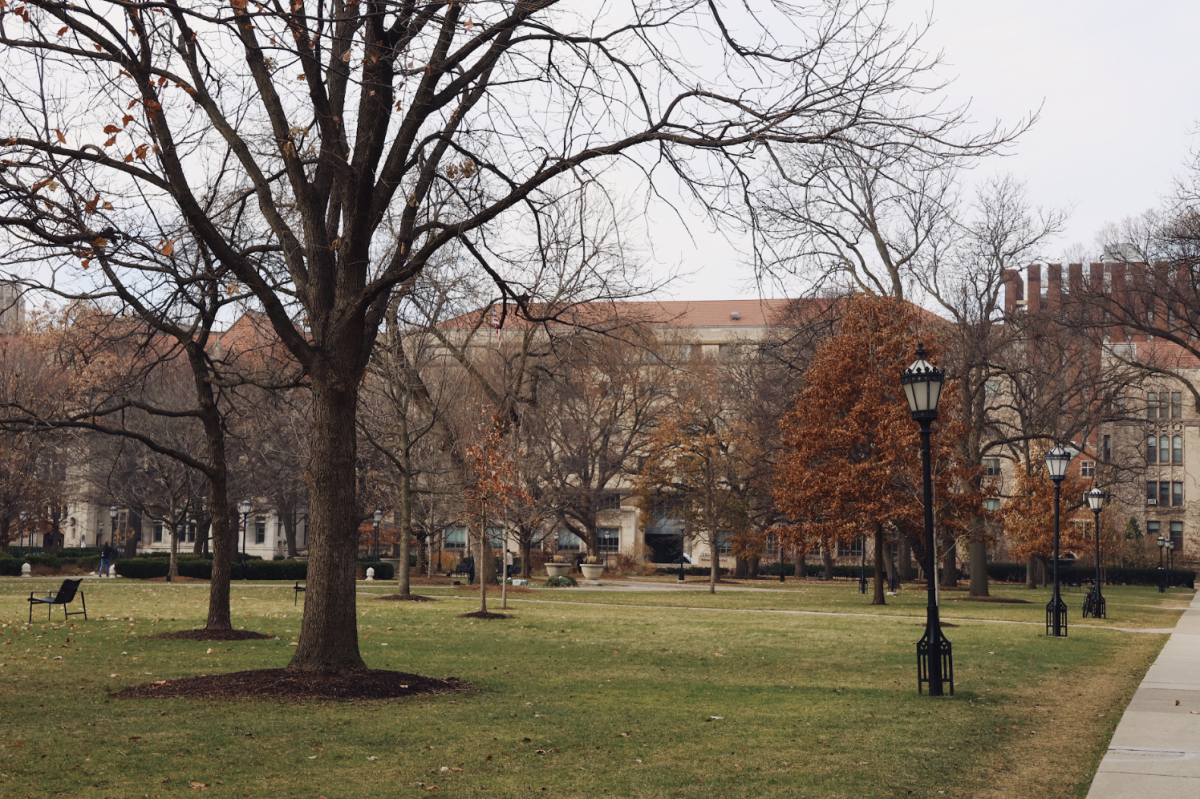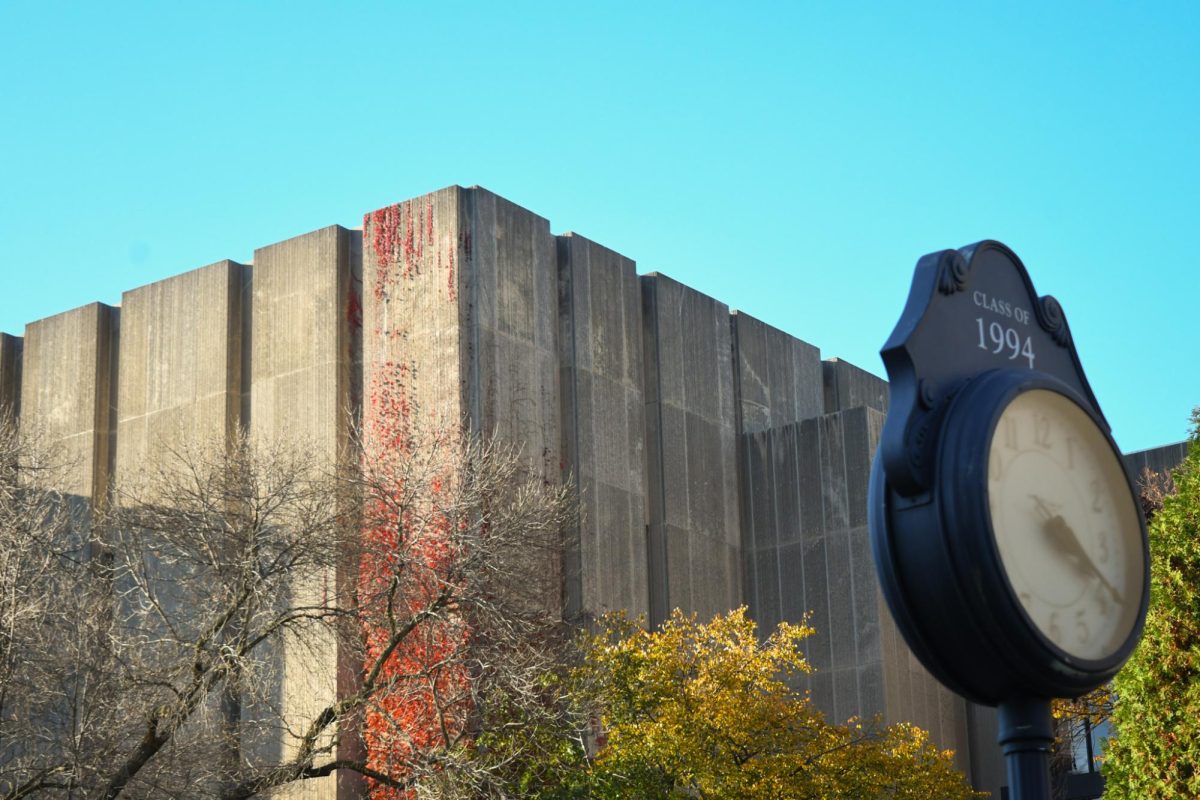Albert Camus makes a profound statement in his lyrical essay, “The Desert,” when he says, “Living, of course, is rather the opposite of expressing.” In the same piece, he says that a wise person expresses little, focusing on living—or action—instead of words and images used to invoke certain public perceptions. Americans who think unlike Camus in this respect—those for whom “expressions” speak louder than actions—might vote to reelect the current administration.
Repeatedly, for the Bush team, imagery has presided over and distracted from reality. Costumed as a combat pilot under a “Mission Accomplished” banner, the president made his May 2003 landing on the U.S.S. Abraham Lincoln representative of his “expressing-over-living” style: (1) He was garmented as the soldier he chose not to become as a young man, and (2) the “mission” was not accomplished. Also, flashing videos of the capture of Saddam Hussein on news stations across the world was not void of just cause. But when the Right tried to level the capture with the real, unmet goal of finding weapons of mass destruction in Iraq, the media blitz took on a political, rather than informational, texture.
The Environmental Protection Agency’s (EPA) response to the air at Ground Zero stands a strong, though oft-neglected piece of evidence in the case against this administration’s image-conscious style. With last month’s anniversary of 9/11 and the spotlight on next month’s election disappointingly leaving this particular issue in the dark, it is due time that more people evaluate what was done—or rather, what was not.
From the beginning, Bush’s EPA was delivering jovial news resplendent with false hope. A couple days after the tragedy, Christie Todd Whitman said that the “EPA is greatly relieved to have learned that there appears to be no significant levels of asbestos dust in the air in New York City.” The same press release, which can be read in full on the EPA’s website, also proclaims that “the levels of lead, asbestos and volatile organic compounds [ ] were not detectable or not of concern,” “additional sampling of both ambient air quality and dust particles was conducted [ ] results were uniformly acceptable,” and—as per asbestos contamination—”the general public should be very reassured by initial sampling.”
The image of a safe-to-breathe-in Wall Street continued to flourish with the aid of later press releases that almost shamelessly confirmed the initial one’s false claims. The Bush team knew what it had to do so that the New York Stock Exchange could reopen as soon as possible—and not until after the stock market was completely back in business, in late 2002, did it allow for an EPA report to admit that the dioxins produced from the tragedy were “likely the highest ambient concentrations ever reported.”
All EPA messages were to be monitored by the National Security Council (NSC) pre-release, and it is now clear that this filter birthed a dangerously problem-free image. According to an article in September’s Vanity Fair, the White House and NSC deleted sections of original press releases, some in which the EPA admitted that it considered even low levels of asbestos hazardous, and later, that dust samples collected by the Occupational and Safety Health Administration near the buildings’ collapse indicated high asbestos levels. Needless to say, the air was dangerous—and no one let the information out soon enough.
This was another “Mission Accomplished” message misleading the public. Preoccupation with the “expression” of a safe-aired Ground Zero yielded irreversible repercussions. Once again, in what appears to be the style of this administration, the overemphasized image of reassurance distracted many from the stark reality at hand.
Take the example of trying to keep a clean “looking” room. Continually throwing your dirty clothes under the bed is only going to leave you naked with a big pile of laundry to deal with—and this administration sure was naked when it could no longer afford to keep up with its EPA charades. Just look at the results of the pile:
Various reports note that up to 50 percent of the approximately 30,000 to 50,000 Ground zero workers suffer long-term health issues, 40 percent of those lack health insurance, 78 percent suffer from lung disease, and 88 percent have had ear, nose, or throat illnesses.
The pile of laundry is still there—and while you can’t quite wash away everything—you can at least try to clear the area. To put it directly: while the administration can’t take back the pain it caused the Ground Zero community, it could at least finish cleaning the zone, support those suffering from exposure to the pollution with long-term medical monitoring, and formally admit to its previous false statements on the levels of dioxin.
People often say, “Fake it ‘til you make it.” This article is obviously no attack on striving for positive images or hoping for the best—it is a critique of impractical, dangerous behavior. In this case, “faking it” ruined lives. As usual, by prioritizing image and literally not coming clean with the facts, the president, the NSC, and their cheer-you-up Pinocchio of an EPA neglected the lives at stake. And as Camus would agree, such distractions prove unwise.









